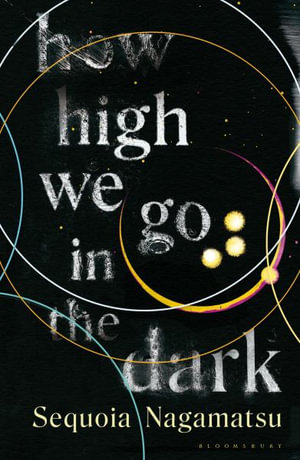How high we go in the dark by Sequoia Nagamatsu

Right from the very beginning, it seems that the author is warning us that human beings have caused this beautiful Earth to become endangered: the people, the plants, the animals and the whole of this Earth, are all in trouble. Some chapters are told in the first person, Nagamatsu drawing us into the fear and emotional mayhem of people who do not know what they can or should do to save themselves or this planet. At one point, we read about a young boy who watches a television programme in which the speaker is suggesting that the ‘plague’ should be blamed on the governments of the world, ‘orchestrated’, they are claiming, to reduce the world’s population.
Nagamatsu begins this narrative in Siberia, where the ice and snow have been melting with that dreaded ‘temperature rise” that we are unhappily acknowledging. Plunging his characters into a situation that is clearly dreaded, Nagamatsu writes about humans who care about protecting the Earth but are fearful that it may not even be possible. Indeed, it is the people, the plants, the animals - indeed the Earth, in all its glorious existence, that is suffering a degradation that seems to be impossible to stop. Scientists, working in the archaeological dig, have found the remains of a girl thought to have lived 30,000 years ago, the scientists concluding that she is part Neanderthal and only superficially human, even apparently carrying some genetic taint of a starfish or octopus. When a number of scientists arrive from America, it is revealed that some ancient viruses have been recognised in her body. These may have been the rogue virus that has caused such trauma.
Heat and wildfires abound in Los Angeles where the streets are empty, indeed they seem to be “lifeless”. One character claims that he "sees orbs shining in the dark”, dashing across our solar system, while others discuss whether the world has a future, and if so, what could it possibly be offering human beings. In some cities, people are heard screaming and wailing, frantically calling for help. A doctor talks about the donor pigs for their organs, the pigs having been genetically modified to help children who have been compromised through the virus. Late in the novel, Nagamatsu writes of a pig that manages to speak in human language, addressing the medical team leader as “Dahktar” - a suggestion that the pig has been genetically modified, having become "not quite human and not quite pig’" one part of a future that we will not see. The pig is only alive because its organs were not used as donor organs to save human lives, and this pig is currently learning to read!
Nagamatsu closes this brilliant work with a message, sent in 2037, beamed from a space craft making its way to a new world. Beautifully written, rivetting, hopeful yet somewhat unsettling, this narrative appears to have been constructed to make us focus on the world of today, Nagamatsu addresses some of the very real issues that we are currently facing. This brilliant book would be suitable for older adolescents and adults.
Elizabeth Bondar